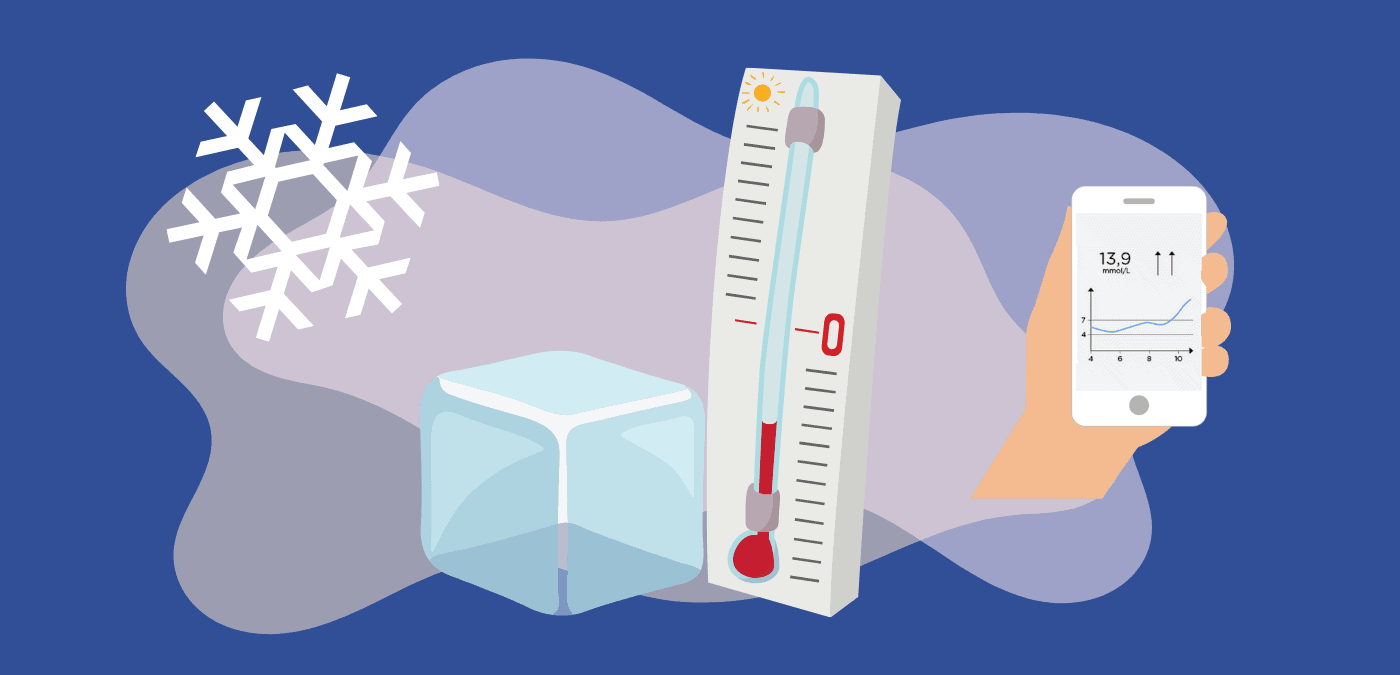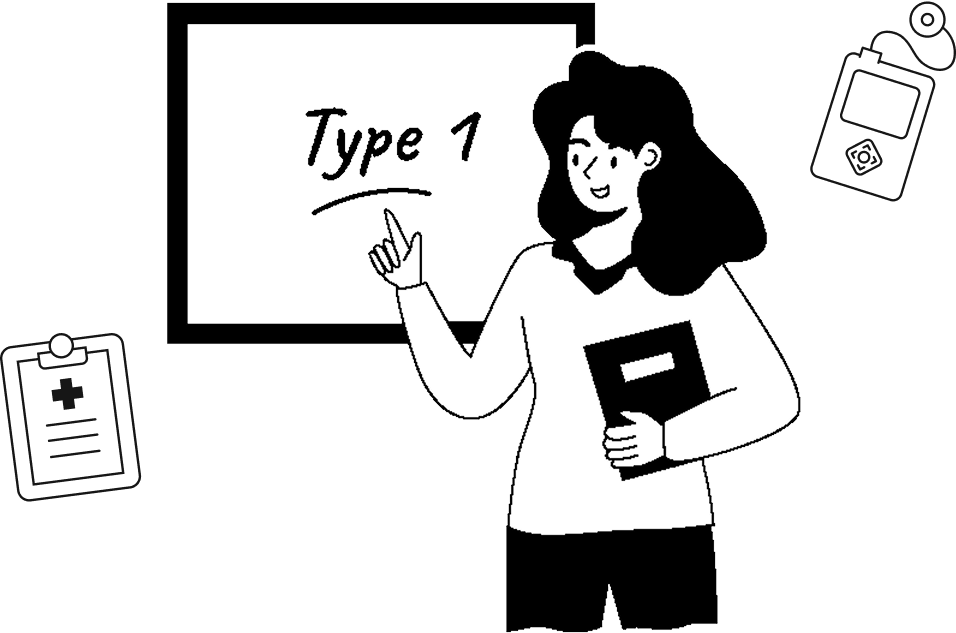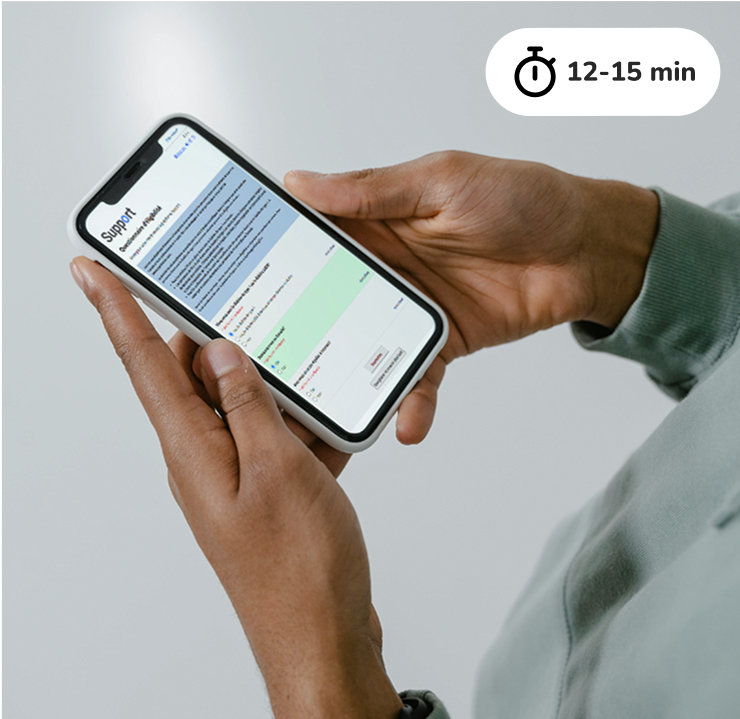Spring break is here! Do you have plans to travel or do winter activities? Or are you planning to sleep in and relax? Remember that changes in routine can make it difficult to manage type 1 diabetes (T1D).
Here are some tips for a great spring break!
Plan your getaways!
No matter how you’re traveling, it’s important to plan ahead and bring the right equipment and accessories for your T1D. This includes insulin, continuous glucose monitors (CGMs), injection pens, spare pumps, nasal glucagon, protective stickers, fast-acting sugar, and snacks. Don’t forget to keep these items with you at all times, even on a plane.
To learn more:
- Reread our blog How to make traveling with type 1 diabetes a success!
- Check out our practical guides: List of supplies for a trip (injections) and List of supplies for a trip (insulin pump)
- Explore the All about preparing a trip section on the Support self-training platform. (If you’re 18 or older, living with T1D, and don’t have an account yet, you can create one for free!)
Keep an eye on your blood sugar during winter activities
Do you want to make the most of your time off by going skiing, snowshoeing, or tobogganing? Remember that the cold affects insulin and blood sugar. For example, your blood circulates more slowly in cold weather, which reduces insulin’s effectiveness.
However, if you’re very active, insulin will be more effective at moving sugar into your cells, which increases your risk of low blood sugar.
If temperatures are particularly low, consider protecting your insulin pump, glucagon, and cell phone by keeping them close to your body, under your clothes, or in insulated cases. Once again, don’t forget to have fast-acting sugar and snacks on hand!
To learn more:
- Reread our blog How do colder temperatures influence blood sugar levels?
- Check out our practical guides: Treatment of hypoglycemia and Types of exercises and their effects on blood sugar levels
- Explore the Managing blood sugar during and after physical activity sections on the Support self-training platform.
Adjust your insulin on more relaxed days
If you sleep in later than usual in the morning, your blood sugar may tend to rise even if you didn’t eat. This is called the dawn phenomenon. It happens when your body releases hormones 2 to 3 hours before you usually wake up.
For people using multiple injections, here’s a helpful tip: Wake up at your usual time, take your insulin shot, and have a little something to eat. Then, go back to bed. On the other hand, if you use a pump and have different settings during the day, you can delay your mealtime without affecting your blood sugar too much.
If you’re going to be doing less exercise than usual during your spring break, you may need to change how much insulin you take. For example, you may need to inject more insulin at mealtimes, or you may need to increase your basal insulin rate if you use a pump.
To learn more:
- Check out our practical guides: How to adjust insulin doses (Injections) and How to adjust the basal rate
- Explore the sections All about insulin dose adjustments and Impact of hormones on blood sugar, as well as the video Sleeping late on the Support self-training platform.
Have fun!
Don’t worry if your blood sugars are a bit all over the place while you’re on vacation. They’ll go back to normal as soon as you get back to your usual routine. The most important thing is to enjoy your days off!
Have a great spring break!

Written by: Nathalie Kinnard, scientific writer and research assistant
Reviewed by:
- Amélie Roy-Fleming, P.Dt., EAD, M.Sc.
- Sarah Haag, R.N., B.Sc.




